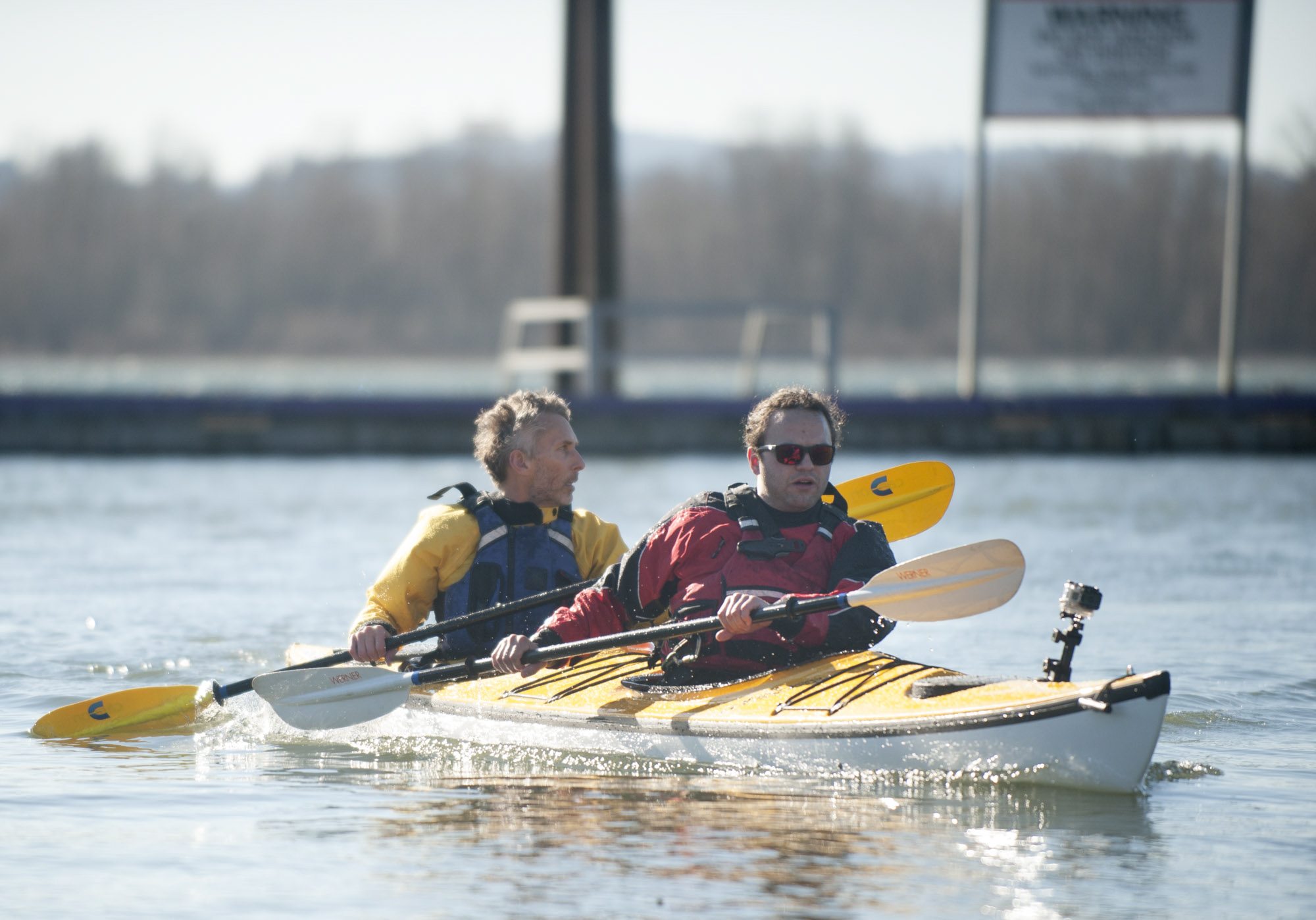When Meriwether Lewis stood near what is now Stevenson on Oct. 31, 1805, he gazed out at the Columbia River and described it in his journal as “passing with great velocity forming and boiling in a most horriable manner.” (sic)
The Columbia’s wildest tendencies have long been reined in with dynamite and concrete, and humanity’s interactions with the river have changed significantly since the Lewis and Clark Expedition. Today, most residents of Clark County recognize the river for its migratory fish, power generation and shipping traffic. But, for those who share in the adventurous spirit that spurred American Expansion, the Lower Columbia River Water Trail offers an uncommon interaction with the Pacific Northwest landscape.
Over the last several years, the Lower Columbia Estuary Partnership worked with stakeholders from the Bonneville Dam to Astoria, Ore. to change the way people think about the Columbia. One way they’ve done it is by promoting and encouraging non-motorized recreation on the Columbia. Another is designing and distributing mile-marker signs for specific places along the river. Like those commonly seen along a hiking trail, they’re meant to inform recreationalists of the amenities at each location.
Estuary Partnership Deputy Director Chris Hathaway was instrumental in establishing the trail. He said the signage project evolved significantly since the concept was first proposed about four years ago, but he anticipates the final 40 signs will be placed this year.




